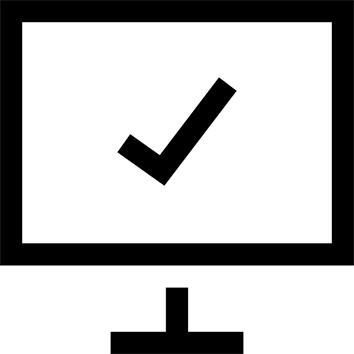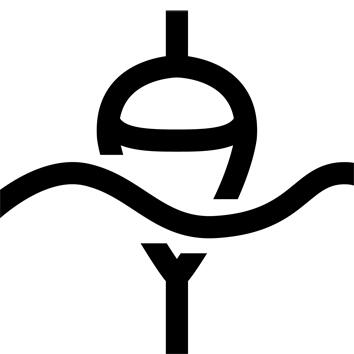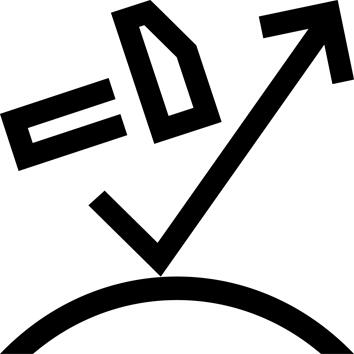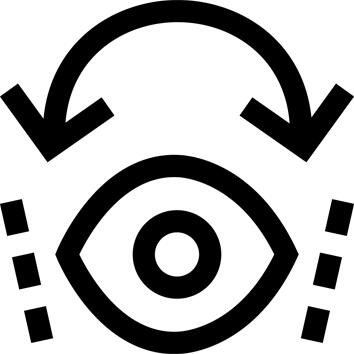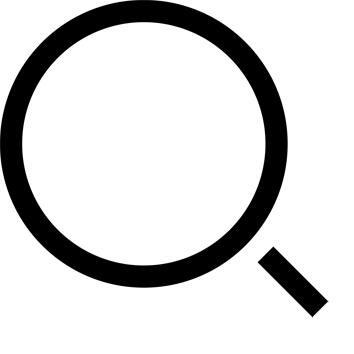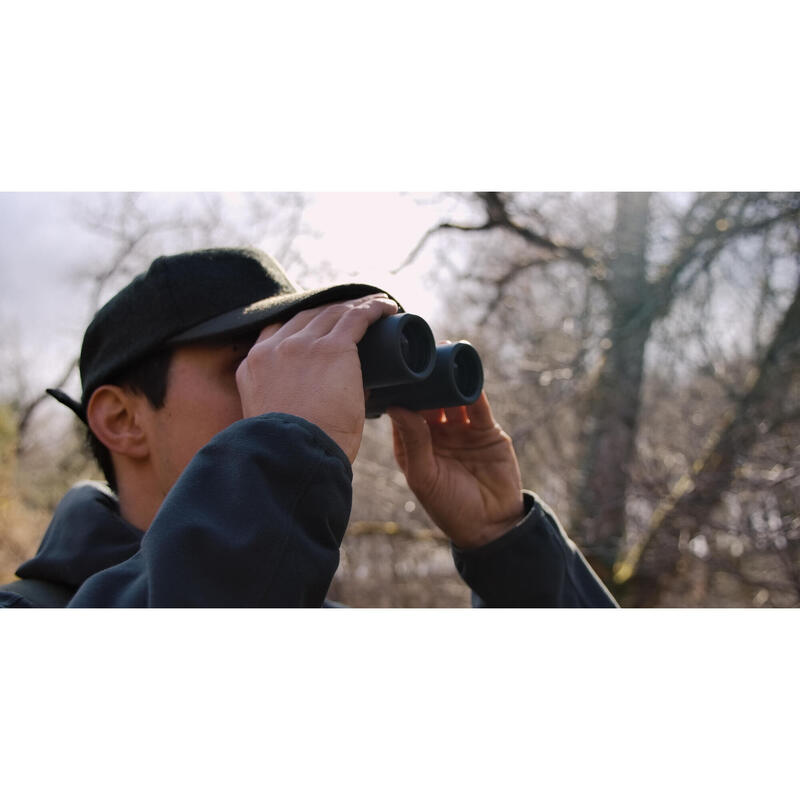Features
Dimensions: 122x116x43mm
Output pupil: 3.2 mm
Brightness index: 10.2
Twilight index: 17.9
Field of view vision : 102 m at 1000 m distance
Nearest observation point: 4 m
Waterproof and fogproof: nitrogen purge
Lens treatment: FMC (Full Multi coated)
Prism: BaK4 Silver
Glass-fibre reinforced ABS plastic frame
Image quality 1
When light passes through binoculars, some of its intensity is lost. Each glass element absorbs some of the light, a few percent. But with 10 optical elements, the amount absorbed is significant. It is therefore necessary to apply a treatment to each element to reduce the amount absorbed. But each treatment has a cost. And the more effective the treatment, the more expensive it is. Design is therefore a delicate balance between efficiency and price.
Image quality 2
The binoculars are equipped with a BaK4 prism with silver coating and lenses with FMC coating: Full multi-coated, all surfaces are multi-coated for optimum light transmission.
These 2 elements provide 78% light transmission and excellent contrast and color rendition during the day. The prism provides sharpness for observing details.
Waterproofing
Nitrogen-filled binoculars for waterproofing and internal anti-fogging. Resistant to immersion to a depth of 1 meter for 15 minutes.
Brightness and use
Always on the move? The 500 10x32 binoculars offer good image quality for a featherweight and compact format .
They're ideal if you plan to take your binoculars on the move a lot, or if you'd rather keep them in a jacket pocket.
Their image quality means you can fully appreciate the details of the animals you observe, in daylight only.
Output pupil
The human pupil varies from 2 to 3 mm during the day, 4 to 5 mm at dusk and 6 to 7 mm in the dark. So it's important to choose binoculars with an exit pupil that covers your entire pupil, to exploit their full brightness to suit your needs. The 10x32s have an exit pupil of 3.2mm, making them ideal for daytime use.
SHARPNESS ADJUSTMENT FOR SPECTACLE WEARERS
Eyecups can be retracted to suit spectacle wearers.
When not wearing glasses, extend the eyecups as far as possible by turning them. With glasses, position the eyecups in the screwed position against the body of the binoculars.
To see the object or animal you are observing clearly, use the central adjustment knob, turning it to the left or right until you obtain a sharp image.
ADJUSTING THE VISION DISTANCE BETWEEN THE TWO EYES
To correct the difference in vision between the 2 eyes:
Close the right eye and use the central focusing wheel to focus on an object some 50 metres away. Once the object is in focus, close the other eye and repeat the operation, this time focusing with the ring near the right eyecup. The deviation is now corrected. There's no need to adjust this ring again in the future.
